How To Shrink Crochet – (Mis)Adventures In Felting
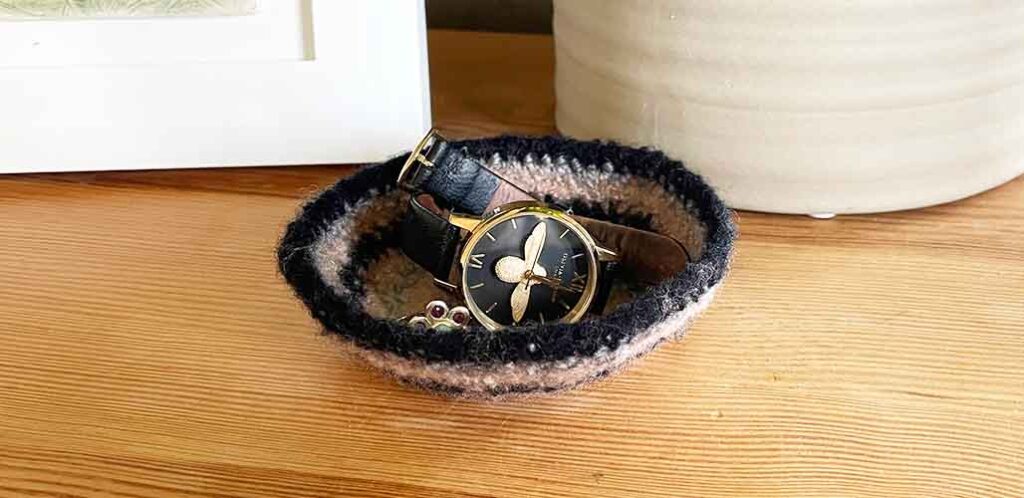
Shrinking crochet works by matting natural fibers together so that the fabric becomes tighter and more rigid. And I have recently found that knowing how to shrink crochet opens up a whole new world of possibilities for the kind of items I can make.
I decided to go with shrinking my crochet by hand in hot water, but you can do it in a washing machine, and even tumble dry afterwards to condense the project even further.
I have found there are significant pros and cons to each technique, and today I’ll share the factors I took into account before I started. Because whilst I’ve been familiar with the process from reading about it and watching videos online for a while, shrinking crochet isn’t something I had ever done (intentionally) until recently. Here’s what you need to know about the process, and how my first experiments with it went!
- Why shrink crochet?
- How to shrink crochet in the washing machine
- How to shrink crochet by hand
- Can you shrink crochet clothes to make them fit better?
Why shrink crochet?
Shrinking or felting crochet means agitating it in hot (usually soapy) water, so that the fibers become matted together and the fabric starts to contract and become stiff. Changing the properties of your crochet so dramatically opens up the possibility of using it in projects for which it wouldn’t otherwise be suitable. For example:
- Tote bags. Shrunken, felted crochet is less stretchy, so you can use it for bags without a lining, and it won’t get sag under the weight of its contents.
- Slippers. Felted crochet is more durable for walking on than unfelted crochet. Since shrinking crochet into a smaller space also makes it denser, it is warmer too – perfect for cold toes.
- Badges and brooches. Shrinking crochet makes it more rigid, so small shapes will stay flat and not flop.
- Hats. After you shrink it, matted crochet doesn’t have any holes between the stitches, and (because it is pure wool) naturally repels water. Ideal for keeping dry on drizzly days.
- Baskets. Speaking of holding its shape better, shrinking bowls and baskets made from wool makes them more functional, and less likely to slump to one side. Which is what led me to try the project in this article!
Getting started
The obvious way to get started with shrinking crochet is by following a pattern that includes details of which yarn to use, what tension to work at, and how, exactly, to shrink it. But I ended up approaching it from a different angle. I had some small balls of merino yarn leftover from making a pair of bed socks last year, and a granny scarf commission, and I was keen to try something new with them. So, I decided to try shrinking a crochet trinket dish, relying on a wing and a prayer rather than a pattern.
If you’re going to freestyle your first crochet shrinking project, here are some things to consider when you get started:
- Yarn
- Stitch
- Shrinkage
- Risk factor
Yarn
Felting relies on the flat ‘scales’ that cover the surface of natural wool getting lifted up when they’re rubbed, and locking together, so that the fibers become tightly matted. So, you can only shrink crochet if it is made from 100% wool yarn. Single ply yarns work best, because it’s easier to agitate every side of every fiber. Plied yarns will work too, but they may take a little longer to felt, because the interior of the yarn, takes more effort to agitate.
A quick note about cottons: Lots of cotton yarns also shrink by about 5% the first time you wash them, but they don’t felt. Patterns using cotton yarn usually allow for this shrinkage.
Stitch
Shrinking crochet works via the friction of rubbing yarn on yarn. So short, sturdy stitches that already have lots of close yarn-on-yarn contact felt and shrink more readily than long, gappy stitches. Since the felting process eradicates all stitch definition, this isn’t the time for fiddly decorative stitches either. In short, single and half double crochet are ideal!
Shrinkage
Different yarns shrink differently – both in terms of how readily they start to shrink, and how small they ultimately get. If your project needs to meet certain dimensions after shrinking, you’ll need to felt a swatch of your yarn first. Then use it to calculate the size your project needs to be before felting. Or, make something where the final size doesn’t matter too much (like a trinket dish!)
Risk factor
When you start shrinking your crochet in the washing machine or a bowl of hot soapy water, you put it into the lap of the gods. It’s a bit like putting pottery into a kiln – there’s always a chance the results won’t be what you expected! So it’s probably not something to try for the first time with your most expensive, hand dyed, artisanal yarn, unless you’re following a pattern that someone else has already tested.
How to shrink crochet in the washing machine
The easiest, most hands-off way to shrink crochet is in the washing machine. Skip right past the delicate settings and wool wash options on your machine’s menu, and go straight to a short, hot wash cycle. Pop your crochet into the drum, add a little laundry detergent and a towel or some denim jeans to create friction, then press start. Now cross your fingers and wait!
NOTE: Shrinking crochet in the washing machine also surrenders a lot of control over the process, especially if you have a front-loading machine that can’t be opened mid-cycle. If you have a top-loading machine that can be opened mid-cycle, check on your crochet every 10-15 minutes, and more frequently as it approaches being ‘done’. Bear in mind some projects might need multiple full cycles to become fully felted.
How to shrink crochet by hand
The alternative to shrinking a crochet project in the washing machine is to felt it by hand in a bowl, sink, or bath tub. The big advantage of this is that you have very close control over the process and when to stop it. On the other hand though, physically agitating a large item like a tote bag or sweater for long enough to felt it can be a tough work out!
I shrunk my crochet bowl in a big tupperware cake box, using water heated to 160°F. I added some hard rubber balls raided from my daughter’s toy stash to help agitate the fibers, and a squirt of dish soap.
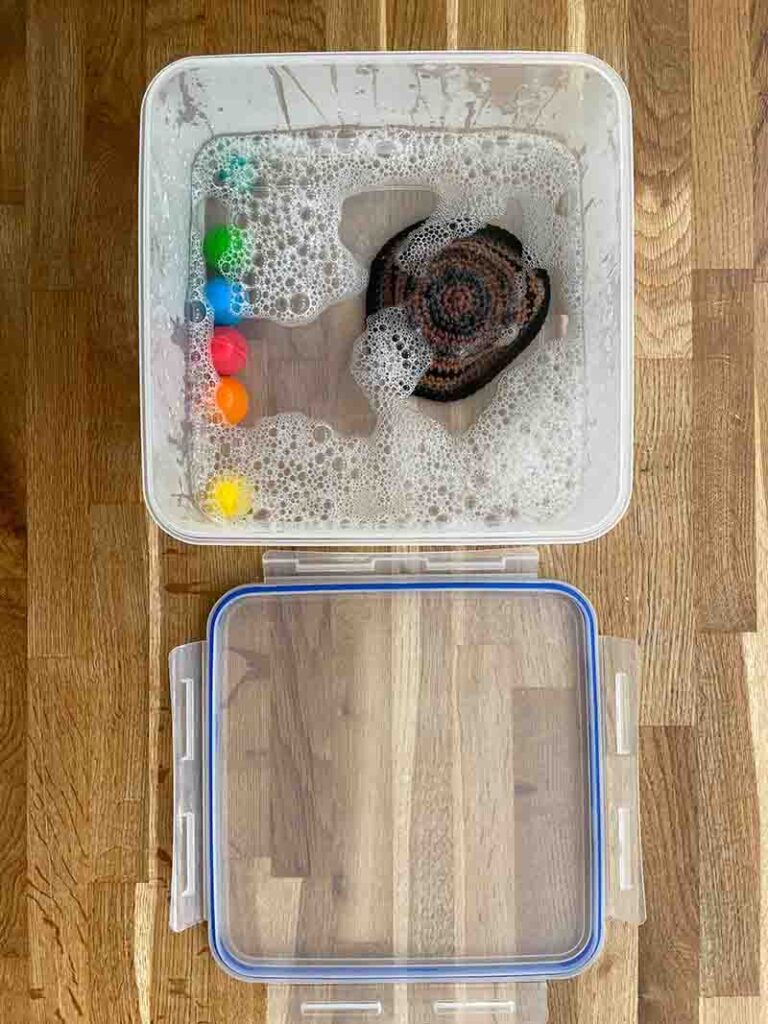
Then I put the lid on and started shaking!
Here’s what I learned
- It’s hard work! Shaking it in the box wasn’t enough in the end. Once the water was cool enough to put my hands in I spent many minute scrunching and rubbing the fibers together to complete the process as far as possible.
- There’s a point at the beginning when your work just gets incredibly saggy and stretched out, and the whole idea starts to feel very, very cursed.
- Not all fibers are equal. All the yarns I used were 100% merino, plied, DK weight. But try as I might, I could not get the gray yarn to felt, even long after the black and tan yarns had long felted.
Once you’ve taken the process as far as you want to (or in my case, as far as it will go), rinse your piece in cold water to remove the remaining water, and either dry it in a tumble dryer (which will likely shrink it further) or leave it in the sun to dry.
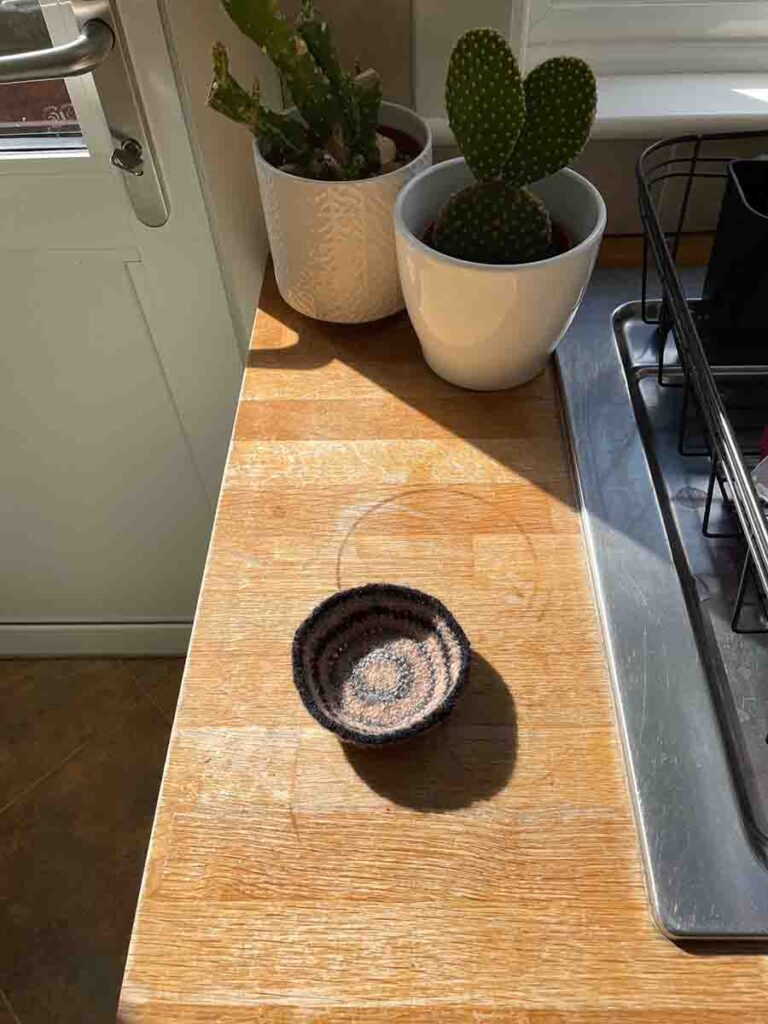
Before and after
Here you can see how the size of my little dish changed before and after hand felting it. Before shrinking it was about 4.5 inches across, and pretty floppy (which is why I had to rest it upside down to photograph it!)
And after, it is just shy of 4 inches across, and stiff enough that the sides stand up:
After this photo was taken I tried machine washing and tumble drying it to make the gray yarn felt too. But all that happened was the black and tan yarns shrank even further, the gray yarn remained almost unchanged, and the uneven shrinkage of the different yarns caused the bowl shape to get distorted. On the bright side, I have discovered an extremely washable merino wool for other projects! (In case you’re wondering it’s Bloomsbury DK by The Yarn Collective, and the black and tan yarns that felted readily were Rialto DK by Debbie Bliss).
Can you shrink crochet clothes to make them fit better?
We’ve all, on occasion, messed up our tension so badly that a crochet garment like a hat or a sweater is just so big and baggy that it’s not even wearable. It’s a heartbreaking twist at the end of a lot of hard work. But can saggy crochet be saved by shrinking it?
Well, it’s not the craziest idea, but it is a gamble. It’s worth considering first whether you’d be better off frogging the whole thing and recouping the yarn for another project. If you decide to take a chance, bear in mind that:
- All of the dimensions will shrink. A sweater won’t just fit more closely, it will be shorter in the body and sleeves, and the neckline will be tighter too.
- It will move differently. A garment that drapes fluidly before you shrink it will be stiffer and more boxy once you’ve shrunk it.
- There’s no going back. Did I mention it’s gamble?
How to shrink crochet – summary
Shrinking crochet by felting it in hot soapy water completely transforms it. The size, appearance, feel, and movement of your work will all change. It’s a really fun process to experiment with, but the results won’t always be what you expect. This means shrinking oversized crochet clothes is a significant gamble.
Have you ever shrunk a crochet creation by accident? Are you considering intentional shrinking a crochet sweater? Let us know in the comments box down below!
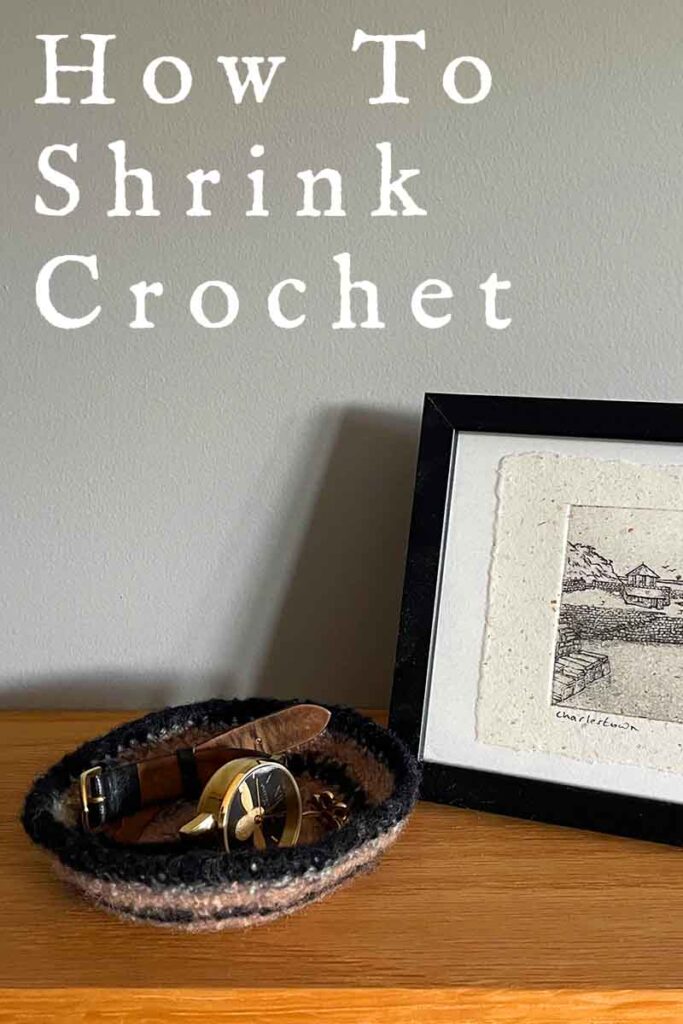
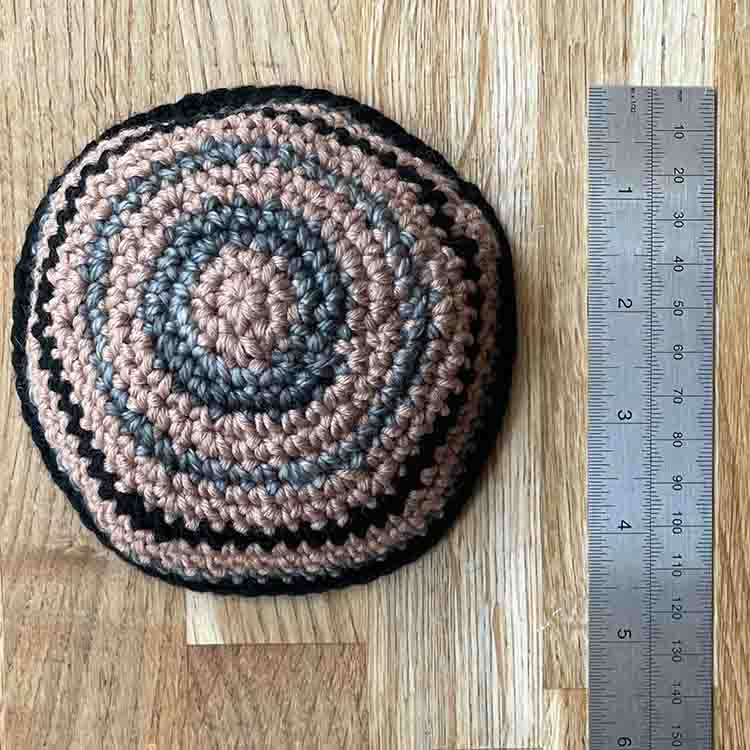
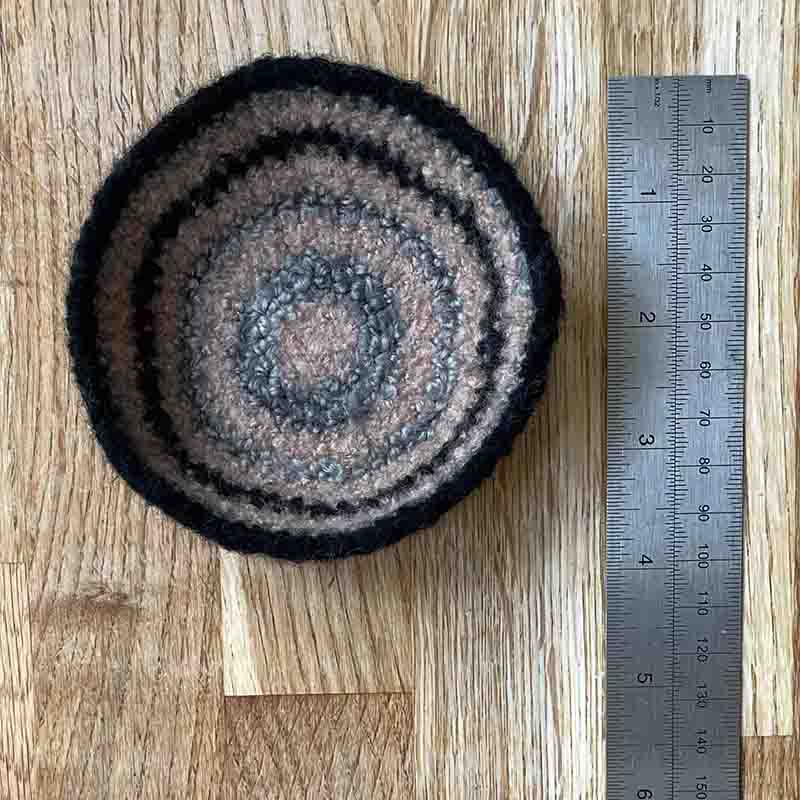
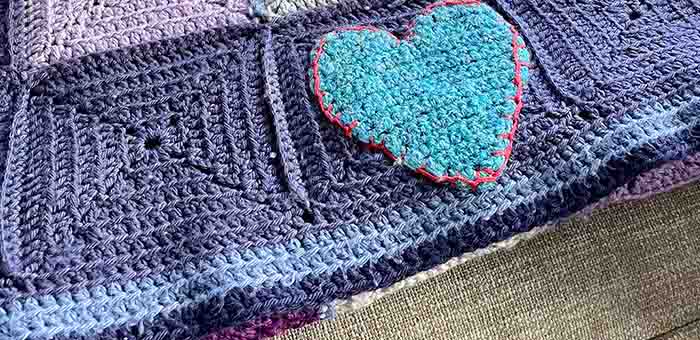
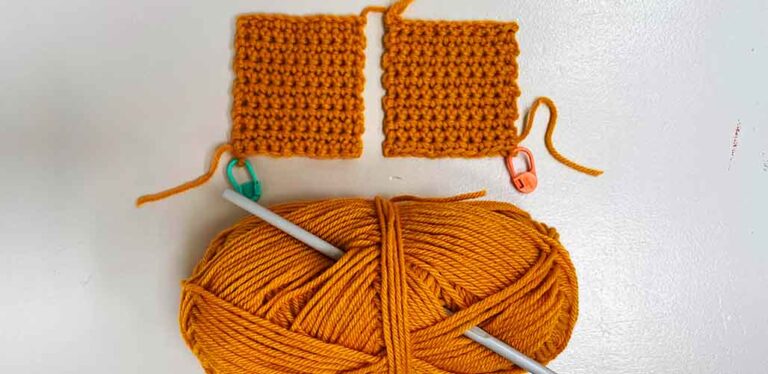
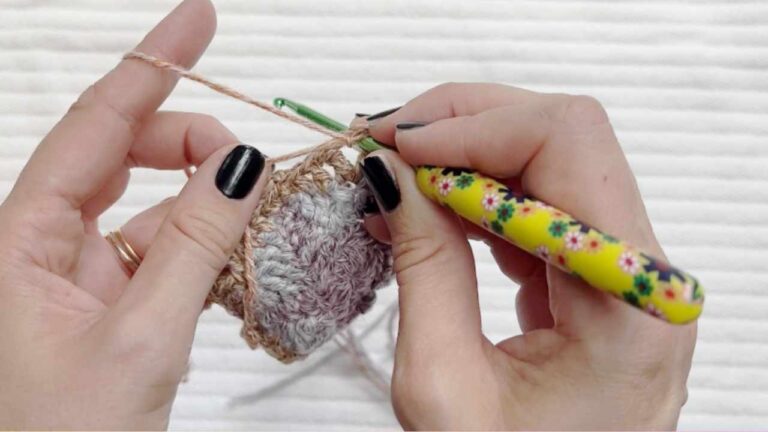
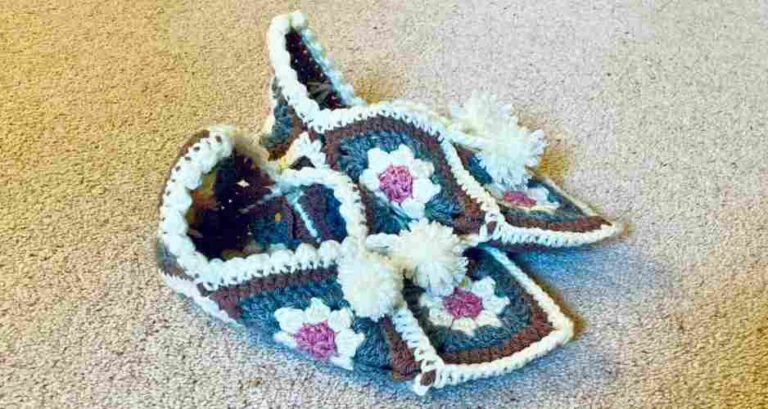
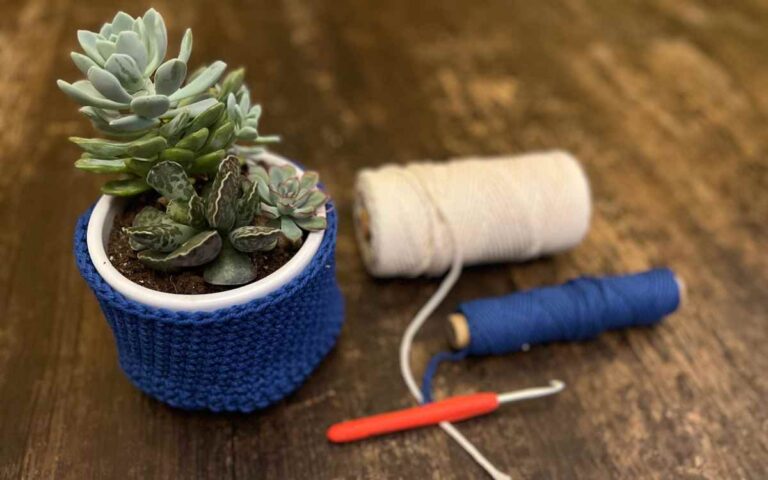
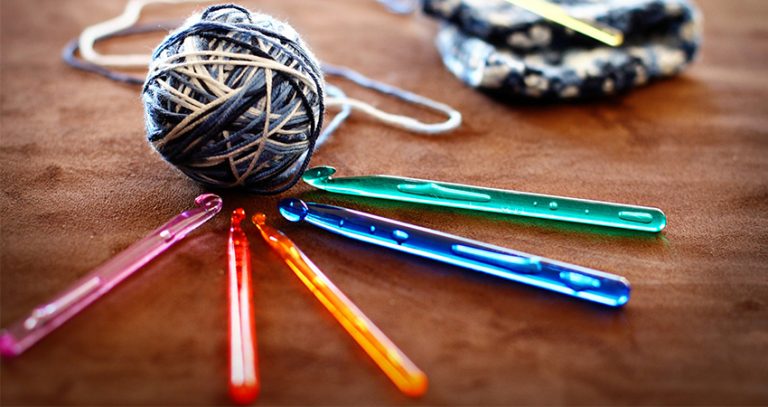
I got a very precious hand crocheted beanie hat (Bulbasaur) but it is very loose. I’m going to try to wash in hot water by hand and then pop it in the dryer on air fluff if the size is right and low if it has farther to go. Wish me luck. Thank you for thins information.
I’m making the popular Granny Hex sweater using two colors of a wool I bought online and then discovered it was itchy. I made a swatch and ran it through the laundry twice, and it shrank 25%… And became almost wonderfully soft against my skin. I’m making it 25% bigger than my measurements and am so nervous, especially about the wrist cuffs. What if they shrink too much and I can’t fit my hand through?? Ah, well… If it doesn’t work out, I can always cut it up and make something else with it!